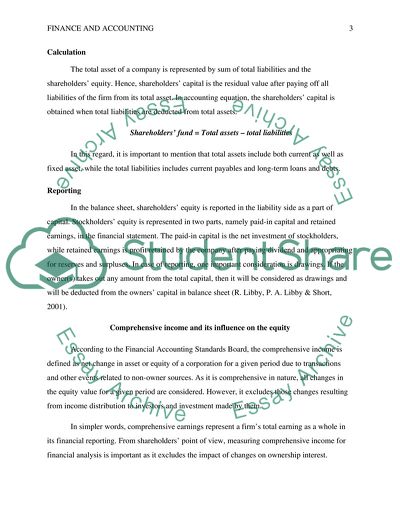Cite this document
(What is shareholders equity, how is it calculated, and where and how Essay, n.d.)
What is shareholders equity, how is it calculated, and where and how Essay. https://studentshare.org/finance-accounting/1832791-what-is-shareholders-equity-how-is-it-calculated-and-where-and-how-is-it-reported
What is shareholders equity, how is it calculated, and where and how Essay. https://studentshare.org/finance-accounting/1832791-what-is-shareholders-equity-how-is-it-calculated-and-where-and-how-is-it-reported
(What Is Shareholders Equity, How Is It Calculated, and Where and How Essay)
What Is Shareholders Equity, How Is It Calculated, and Where and How Essay. https://studentshare.org/finance-accounting/1832791-what-is-shareholders-equity-how-is-it-calculated-and-where-and-how-is-it-reported.
What Is Shareholders Equity, How Is It Calculated, and Where and How Essay. https://studentshare.org/finance-accounting/1832791-what-is-shareholders-equity-how-is-it-calculated-and-where-and-how-is-it-reported.
“What Is Shareholders Equity, How Is It Calculated, and Where and How Essay”. https://studentshare.org/finance-accounting/1832791-what-is-shareholders-equity-how-is-it-calculated-and-where-and-how-is-it-reported.


